Big cats are some of the most majestic and intriguing creatures on our planet. From the stealthy movements of the leopard to the powerful roars of the lion, each species exhibits unique behaviors that reflect their adaptations to the environment and their social structures. In this article, we will explore nine fascinating behaviors that set these incredible animals apart, showcasing their individuality and the roles they play in the ecosystem. Whether you are a seasoned wildlife enthusiast or simply curious about these magnificent felines, you will find something captivating in their stories.
The Social Structure of Lions
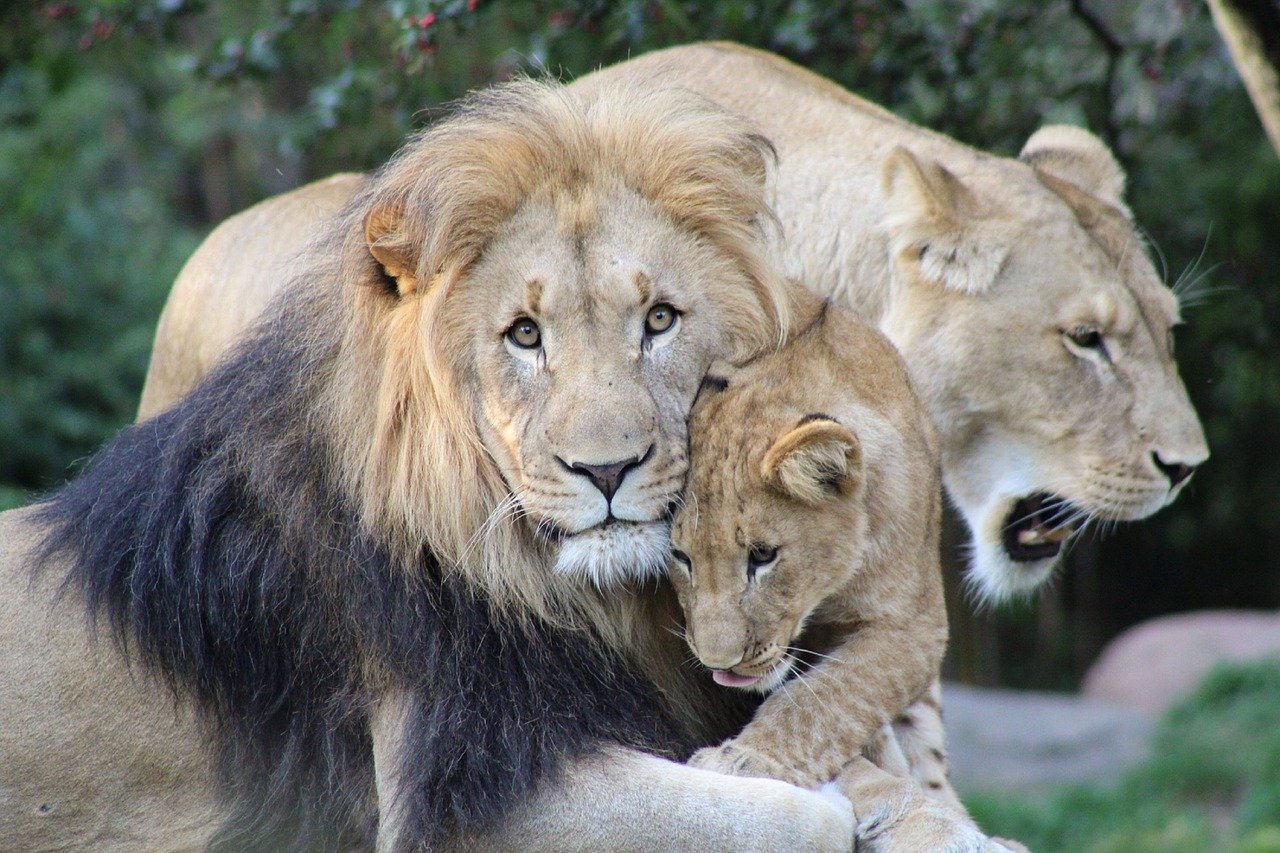
Lions are unique among big cats due to their social behavior, living in groups known as prides. A pride consists of several lionesses, their cubs, and a few dominant males. This social structure facilitates cooperative hunting, where lionesses work together to take down prey. By hunting in groups, they increase their chances of success, ensuring the pride’s survival. The male lions, with their impressive manes, are primarily responsible for defending the pride’s territory against rival males. This fascinating balance of cooperation and competition highlights the complex social dynamics that make lions truly unique in the animal kingdom.
The Solitary Nature of Tigers
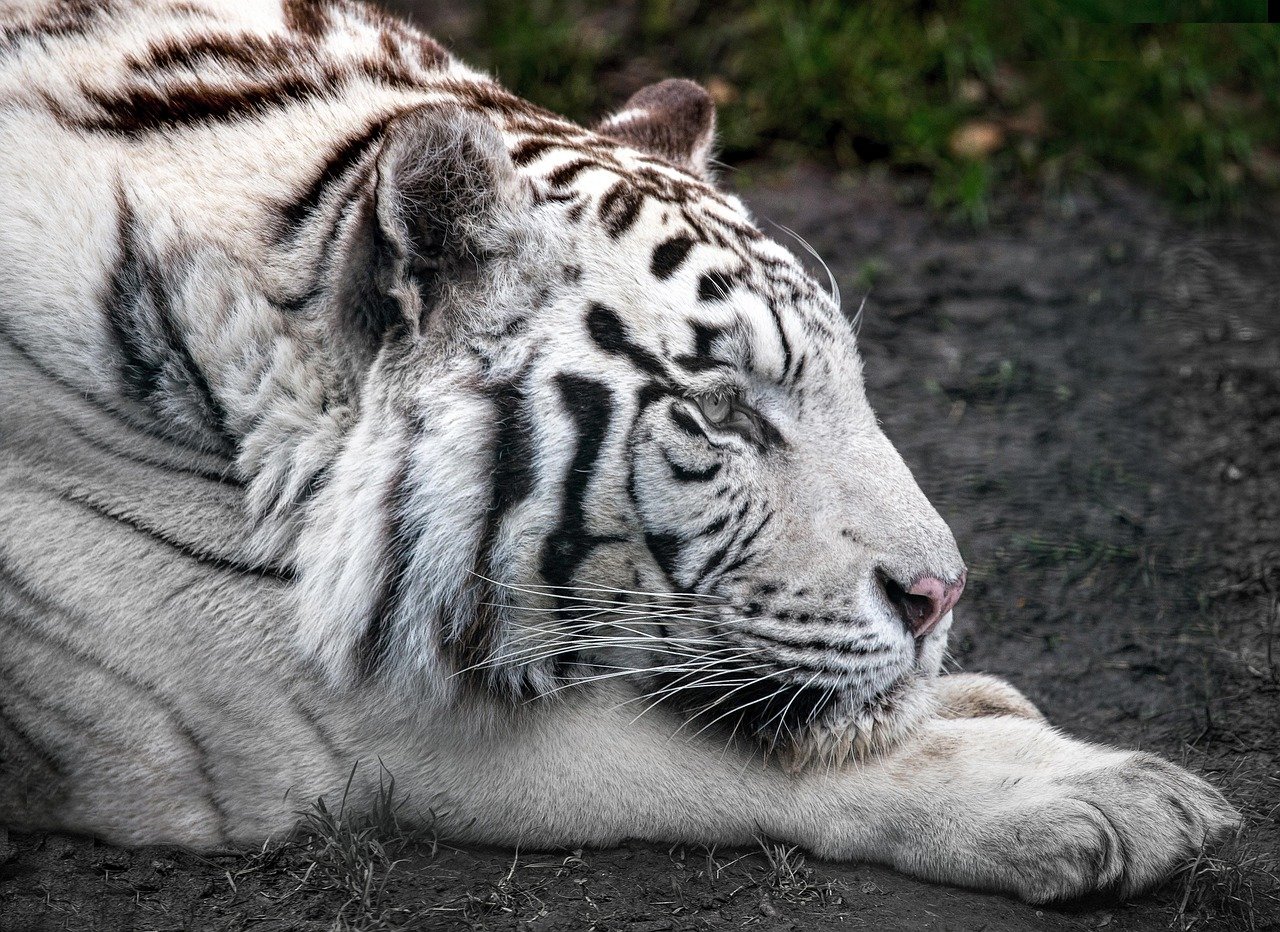
In stark contrast to lions, tigers prefer a solitary existence. These magnificent creatures are fiercely territorial and spend much of their time alone, marking their territory with scent and vocalizations. This behavior reduces competition for resources, allowing tigers to thrive in diverse habitats. When hunting, tigers rely on their stealth and patience, often stalking prey over long distances before launching a powerful attack. Their solitary lifestyle requires them to be highly adaptable, showcasing their ability to survive in environments ranging from dense jungles to open grasslands.
The Climbing Skills of Leopards
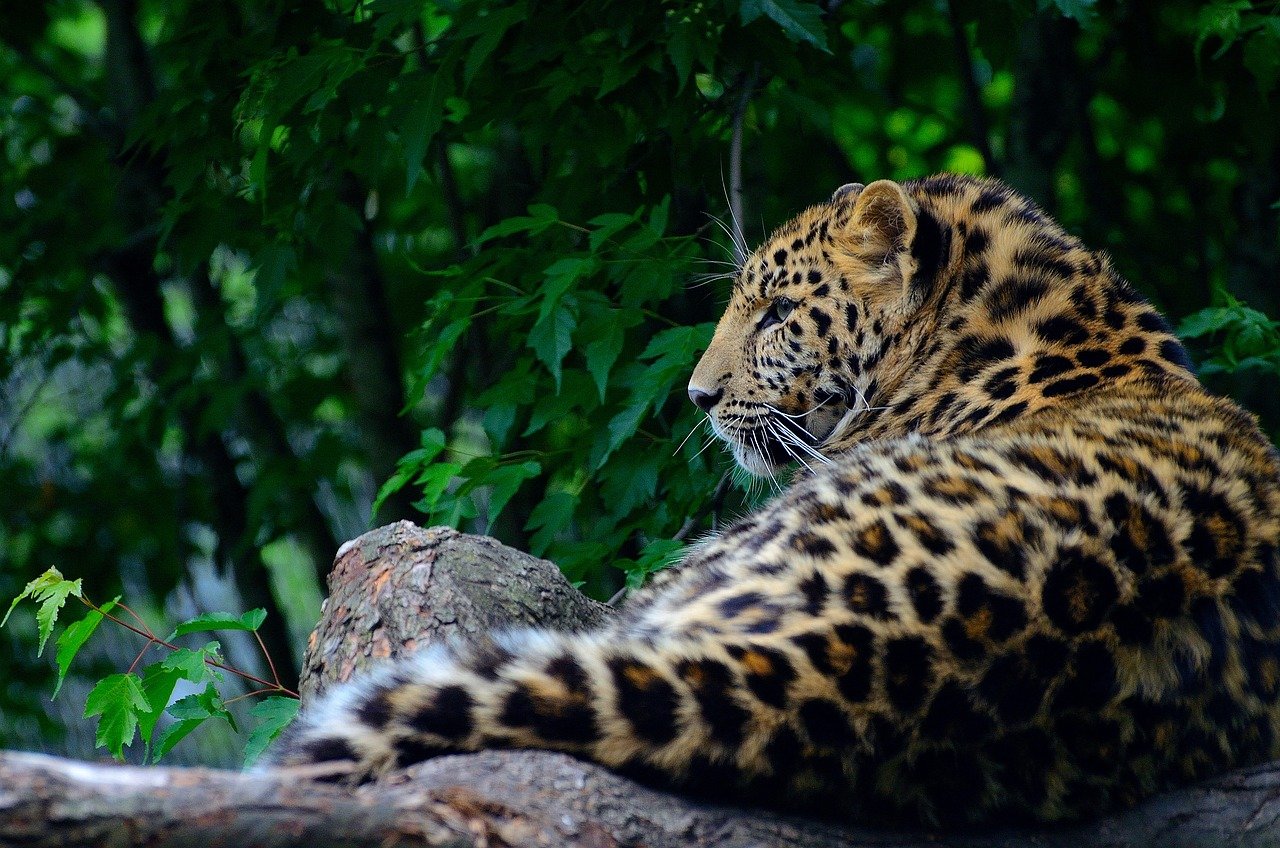
Leopards are renowned for their exceptional climbing abilities, a skill that sets them apart from other big cats. These agile felines often drag their prey high into trees to avoid scavengers and protect their meals. This behavior highlights their strength and intelligence, as they strategically avoid competition. Leopards are also known for their distinctive spotted coats, which provide excellent camouflage in their natural habitats. This allows them to blend seamlessly with their surroundings, enabling them to stalk prey effectively and remain undetected by potential threats.
The Unique Hunting Techniques of Cheetahs
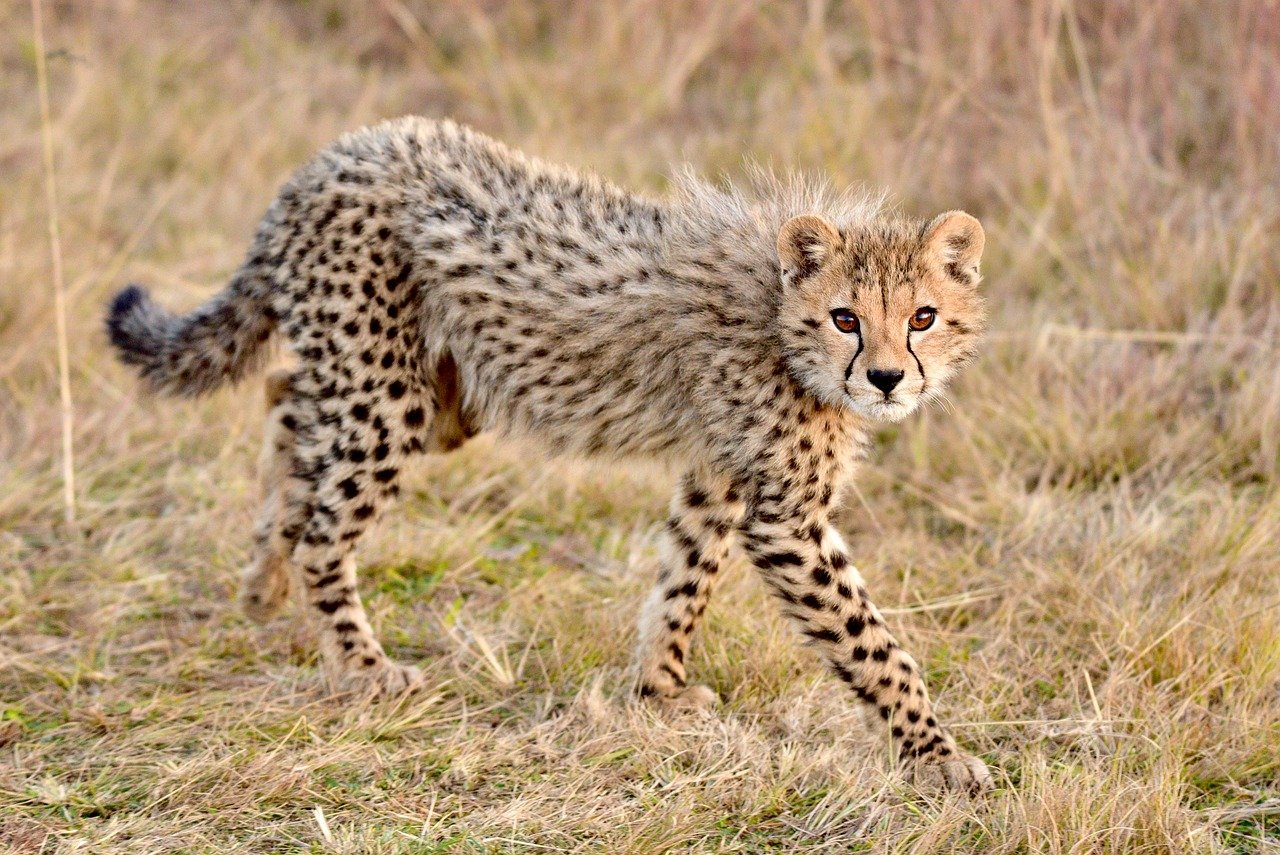
Cheetahs are famous for their incredible speed, making them the fastest land animals on the planet. Their hunting technique involves a high-speed chase, where they can reach speeds of up to 60 miles per hour in short bursts. This remarkable speed is complemented by their keen eyesight, allowing them to spot prey from a distance and plan their approach. Unlike other big cats, cheetahs rely on their speed and agility rather than brute strength, making them unique in their approach to hunting. This specialization allows them to thrive in open savannahs, where their speed is a crucial advantage.
The Vocalizations of Jaguars
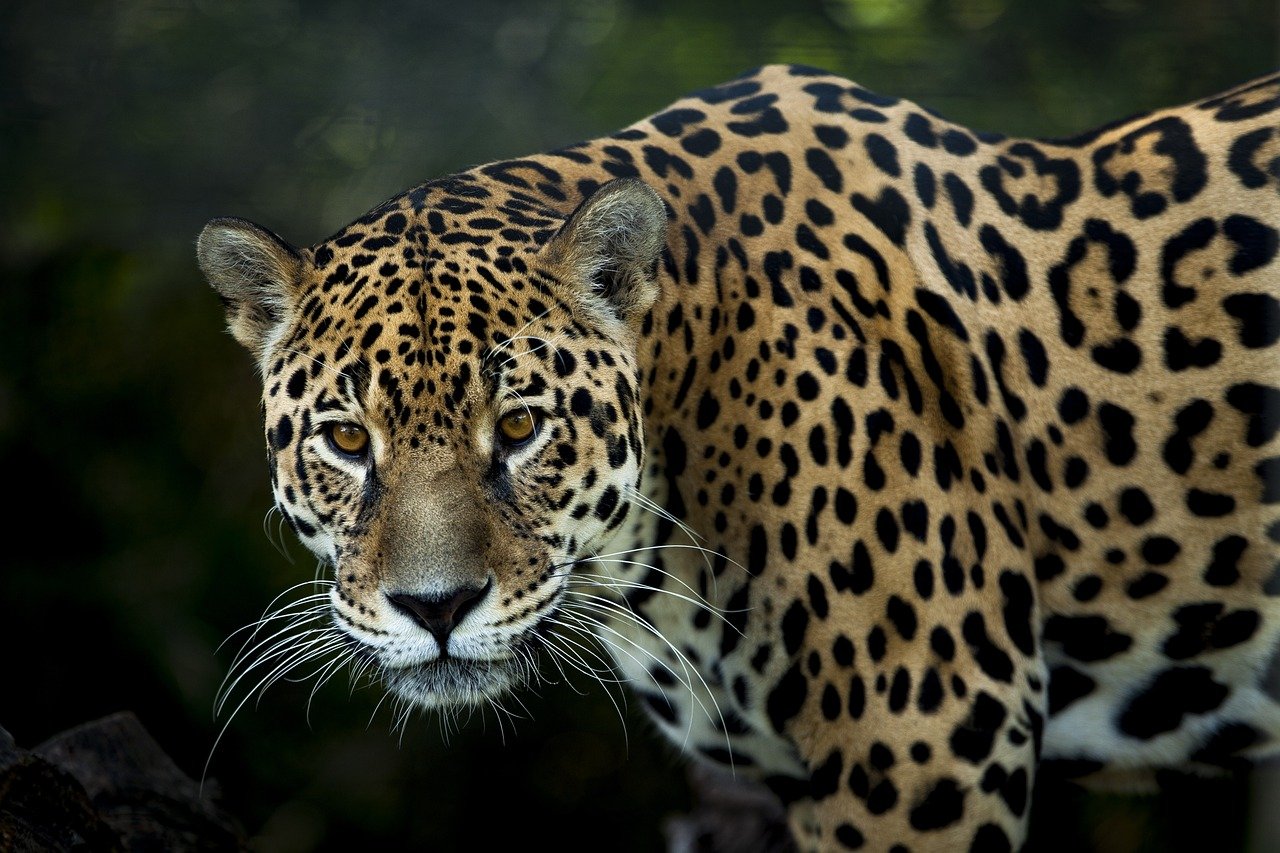
Jaguars are known for their powerful vocalizations, which include roars, growls, and a unique sound known as a “saw.” This behavior is essential for communication, particularly during mating season or when establishing territory. Jaguars are also skilled swimmers, often hunting in water for fish and caimans. This adaptability to water sets them apart from other big cats and demonstrates their versatility in various environments. Their vocalizations and swimming prowess make them fascinating creatures to study and admire, as they navigate the complex ecosystems of the Americas.
The Playful Nature of Snow Leopards
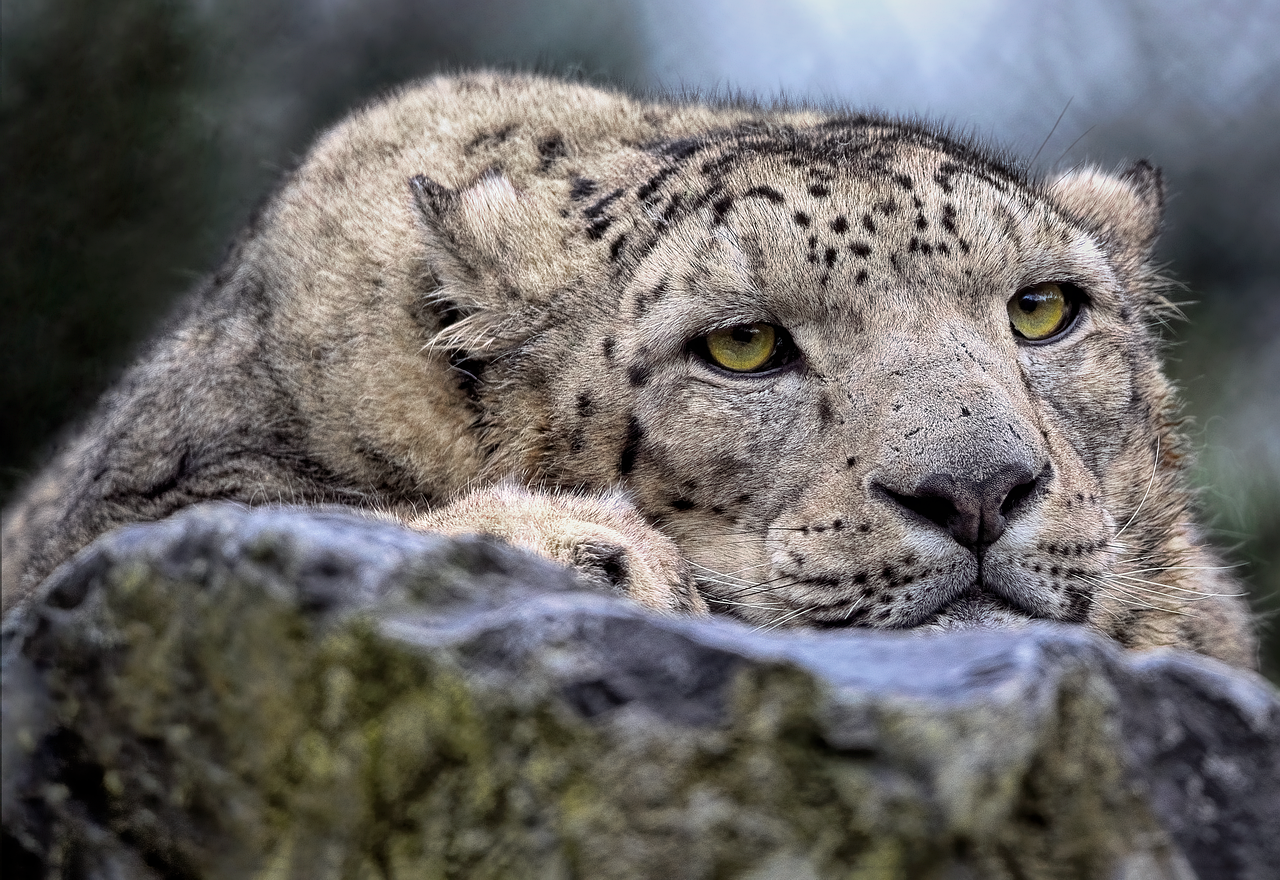
Snow leopards, often referred to as “ghosts of the mountains,” exhibit playful behavior, especially among cubs. These interactions include playful wrestling and chasing, which help develop essential hunting skills and social bonds. This behavior is crucial for their survival in the harsh mountainous regions they inhabit, as it prepares them for the challenges of adulthood. Snow leopards are also known for their incredible camouflage, allowing them to blend seamlessly into their rocky surroundings. This ability to remain hidden from both prey and predators is vital for their survival in such a challenging environment.
The Marking Rituals of Cougars
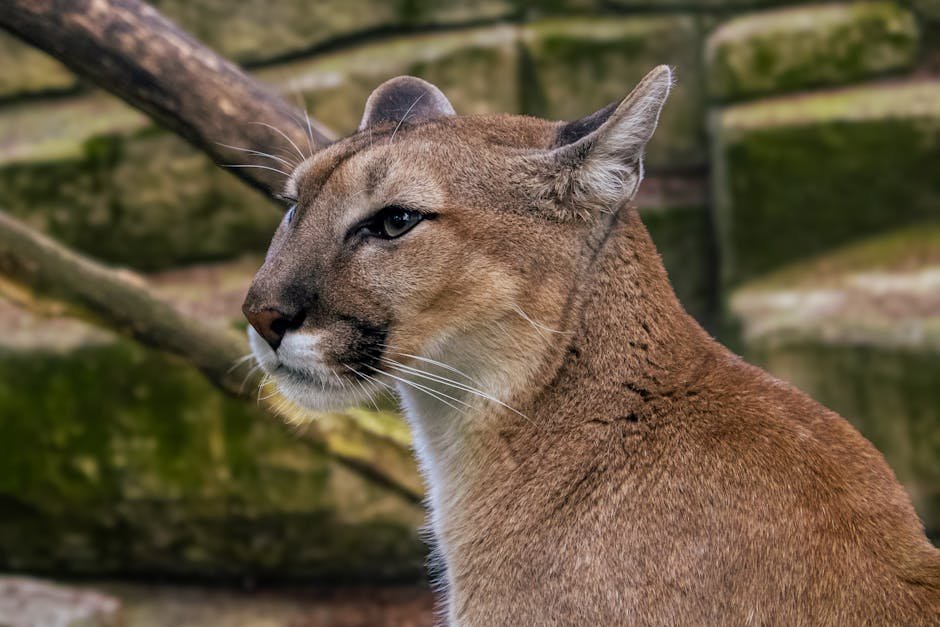
Cougars, also known as mountain lions, have unique marking rituals that play a significant role in their behavior. They use scent markings to establish territory and communicate with other cougars. This behavior is particularly important for solitary animals, as it helps reduce conflicts and maintain distance from rivals. In addition to their marking rituals, cougars are highly adaptable, thriving in diverse habitats across the Americas, from forests to deserts. This adaptability, combined with their solitary nature, makes them one of the most elusive and intriguing big cats in the wild.
The Hunting Strategy of African Wildcats
African wildcats, the ancestors of domestic cats, exhibit fascinating hunting behaviors that are both stealthy and strategic. Primarily nocturnal hunters, they rely on their keen senses to stalk small mammals and birds. Their hunting strategy involves a combination of stealth and sudden bursts of speed, allowing them to catch prey by surprise. This behavior is a testament to their evolutionary adaptations and highlights the connection between wildcats and domestic cats. Observing these behaviors in the wild provides insight into the evolutionary traits shared by our beloved house cats.
The Conservation Challenges Facing Big Cats
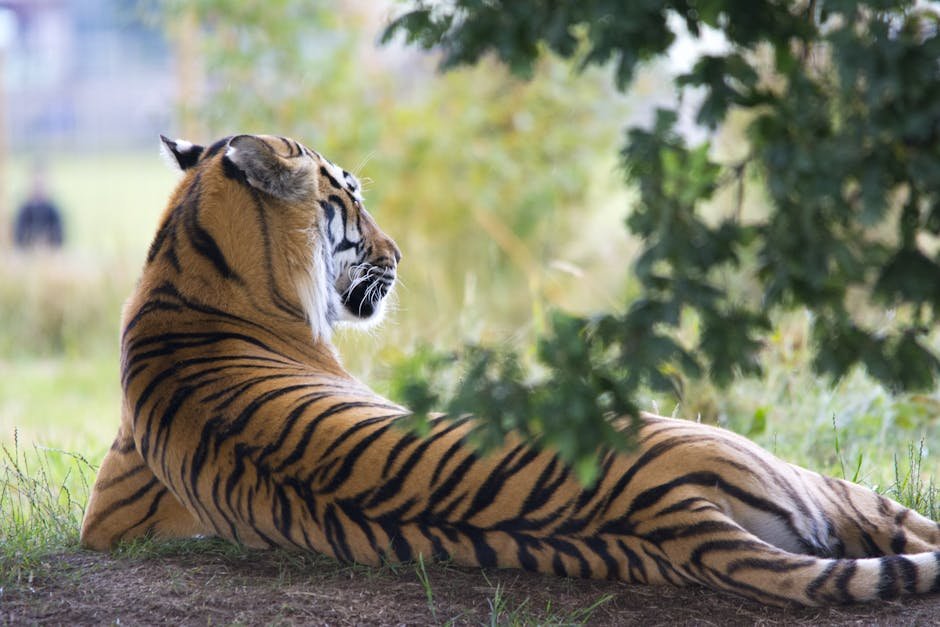
Despite their fascinating behaviors, big cats face numerous conservation challenges that threaten their survival. Habitat loss, poaching, and human-wildlife conflict are significant threats to their populations worldwide. Understanding their unique behaviors is crucial for conservation efforts, as it helps identify the specific needs of each species. By raising awareness and supporting conservation initiatives, we can help protect these magnificent creatures and ensure their survival for future generations. Conservation efforts not only preserve these species but also maintain the delicate balance of ecosystems where they play vital roles.
In conclusion, the behaviors of big cats are as diverse and captivating as the species themselves. From the social dynamics of lions to the solitary nature of tigers, each species exhibits unique traits that reflect their adaptations and survival strategies. By appreciating and understanding these behaviors, we can foster a deeper connection with these incredible animals and contribute to their conservation. Whether you are a cat enthusiast or a wildlife lover, the world of big cats offers endless fascination and inspiration.

Hi, I’m Bola, a passionate writer and creative strategist with a knack for crafting compelling content that educates, inspires, and connects. Over the years, I’ve honed my skills across various writing fields, including content creation, copywriting, online course development, and video scriptwriting.
When I’m not at my desk, you’ll find me exploring new ideas, reading books, or brainstorming creative ways to solve challenges. I believe that words have the power to transform, and I’m here to help you leverage that power for success.
Thanks for stopping by, Keep coming to this website to checkout new articles form me. You’d always love it!






